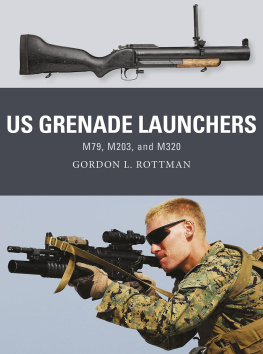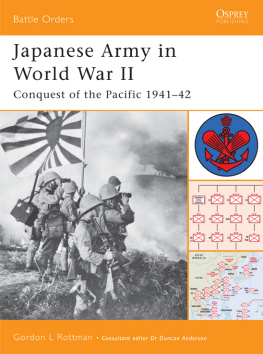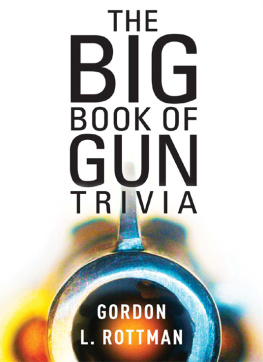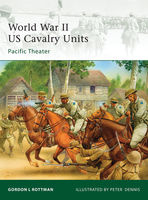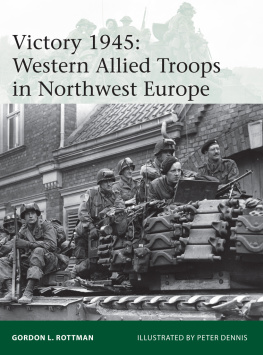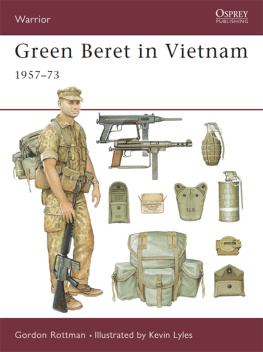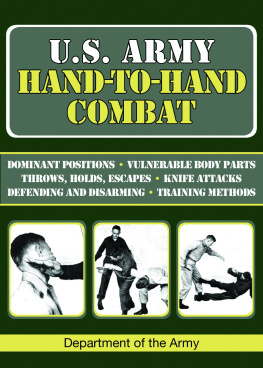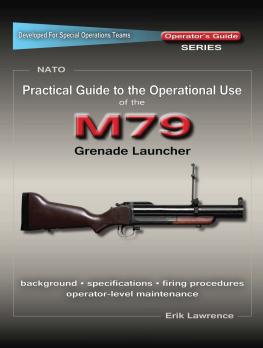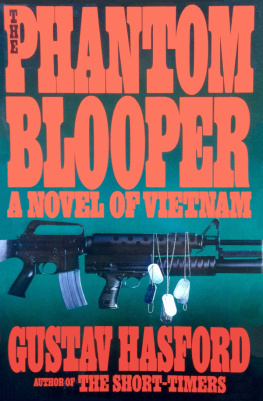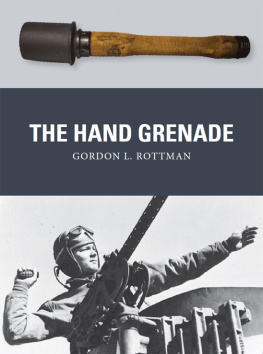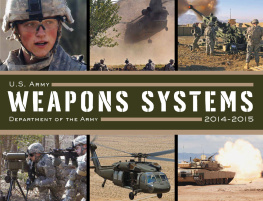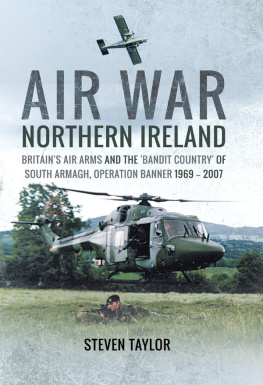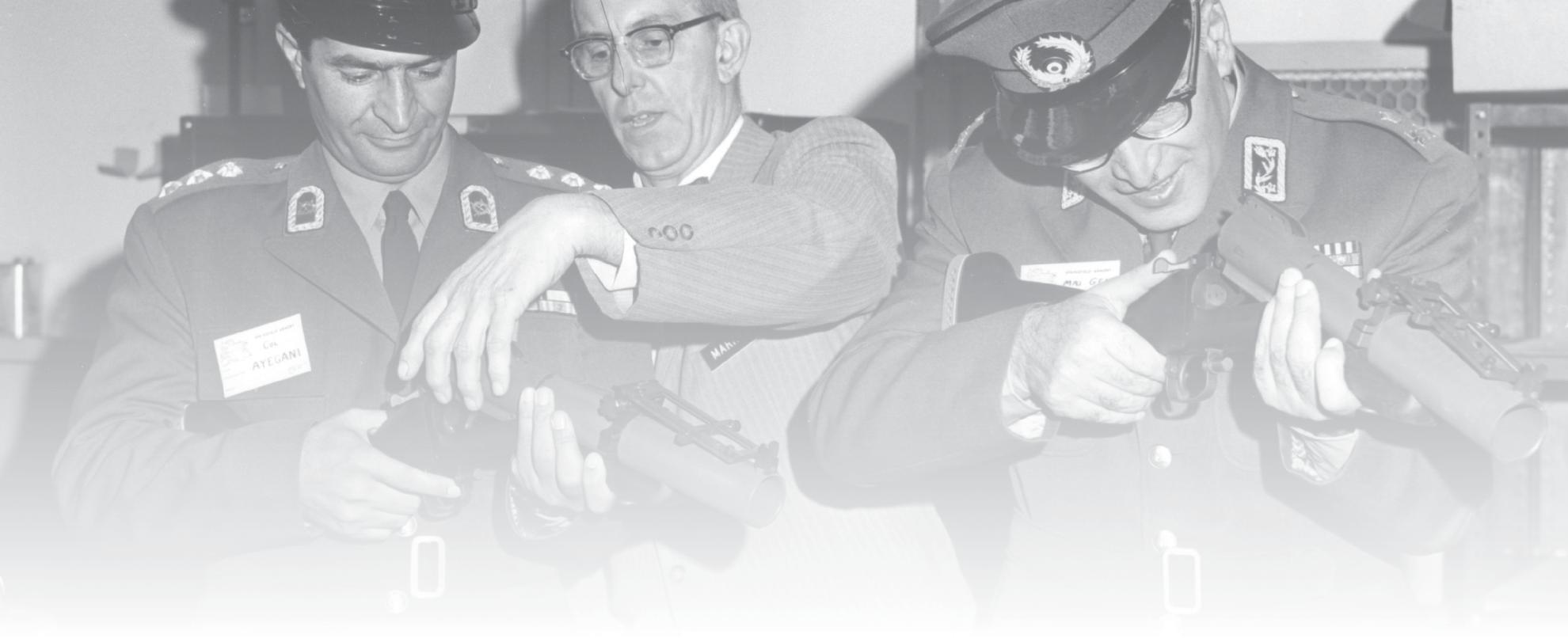
INTRODUCTION
Since World War I the basic weapons of the rifle squad have been the rifle, bayonet, light machine gun (LMG), and hand and rifle grenades. These weapons provided the 813-man squad three to a rifle platoon, plus sometimes a weapons squad with LMGs and antitank (AT) weapons with the ability to engage the enemy at ranges varying from pointblank to over 500yd. Most of the squads direct point target firepower is provided by its one or two LMGs and 610 rifles. For short-ranged area targets, the use of high-explosive munitions has been provided by hand and rifle grenades. Hand grenades have a realistic range of 3045yd and rifle grenades seldom effectively reached over 110yd. Platoon/company-level light (50mm) mortars might range up to 325875yd only and had a close-range gap of 55110yd from the forward positions. Hand and rifle grenades were often inadequate to fill the gap, plus rifle grenades had a slow rate of fire and were ill-suited for accurate indirect fire. Providing the squad with a light weapon capable of delivering direct and indirect HE/frag fire would clearly be beneficial.
In the early 1950s the United States began development of a unique weapon to fill the HE direct- and indirect-fire gap. It could also fire shotgun-like multiple projectiles, rounds capable of defeating light armor and hardened positions, smoke screening, pyrotechnic smoke and flare signaling, illumination, and non-lethal munitions. The introduction of this highly flexible weapon the 40mm M79 grenade launcher (GL) led to the virtual demise of the rifle grenade launcher (RGL).
The lightweight, compact, shoulder-fired M79 was what would become known as a standalone grenade launcher. It was realized that for each GL equipping a squad, a rifle was sacrificed, so a means of adapting the GL to be fitted on a rifle as an even more encompassing multipurpose weapon was sought. This became known as an under-barrel grenade launcher (UBGL). The requirement for standalone GLs remained and some UBGLs can be dismounted from their rifles, fitted with buttstock and grip assemblies, and used as standalone GLs. Most GLs are single-shot to provide simple reliable designs and reduce their weight and bulk, especially important when mounted on host weapons. Repeating, magazine-fed GLs have been attempted, but proved to be too heavy and complex.
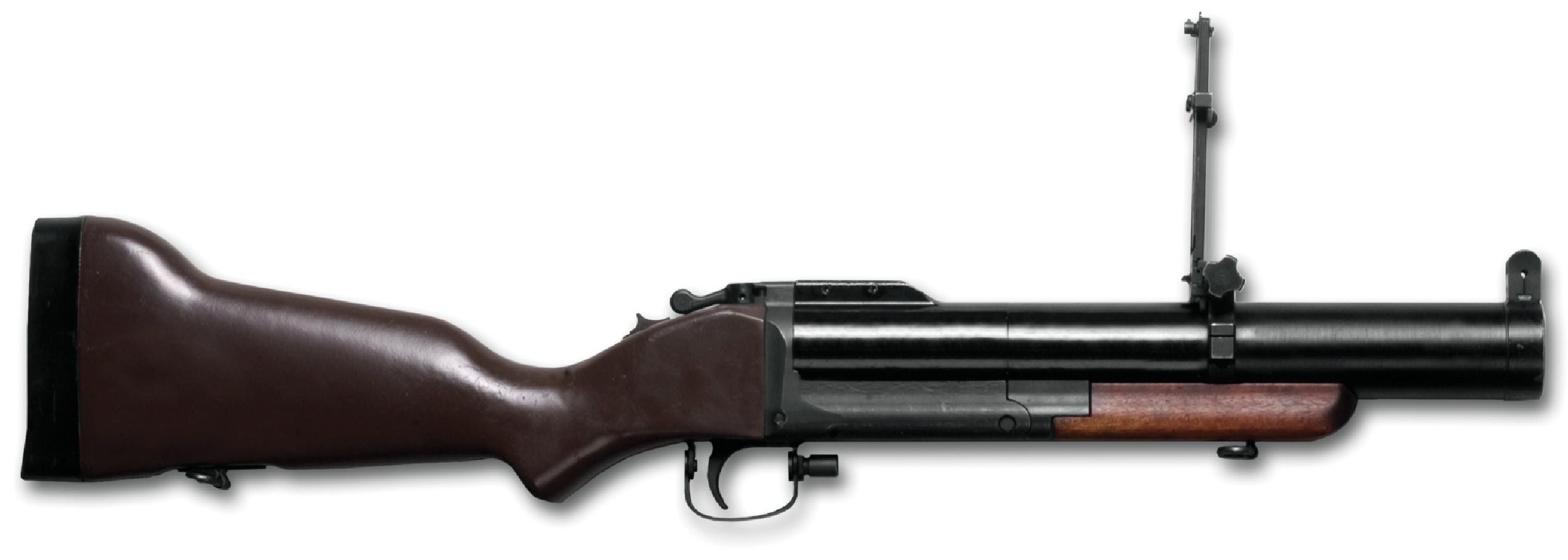
The launcher, grenade, 40mm, M79 Federal Stock Number 1010-691-1382 (changed to National Stock Number 1010-00-690-5126 in 1975) as issued in Vietnam, this one with a plastic buttstock and the more common solid black rubber recoil pad. Walnut-wood stocks were also common. The detent button on the forward end of the trigger guard is the release allowing the guard to be pivoted right or left to allow firing with gloves or trigger-finger mittens. (US Air Force)
This book investigates the 40mm M79, XM148, M203, M320, and M32 GLs employed as standalone and/or under-barrel GLs. The T148 and China Lake multiple grenade launchers (MGLs) are also briefly examined. The heavier belt- or magazine-fed, full-automatic 40mm grenade machine guns mounted on tripods, ground vehicles, watercraft, and helicopters are not covered. Three MGLs firing low-velocity 40A46mm rounds were developed for use on watercraft and ground vehicles (Mk 18 Mod 0, Mk 20 Mod 0, and XM174).
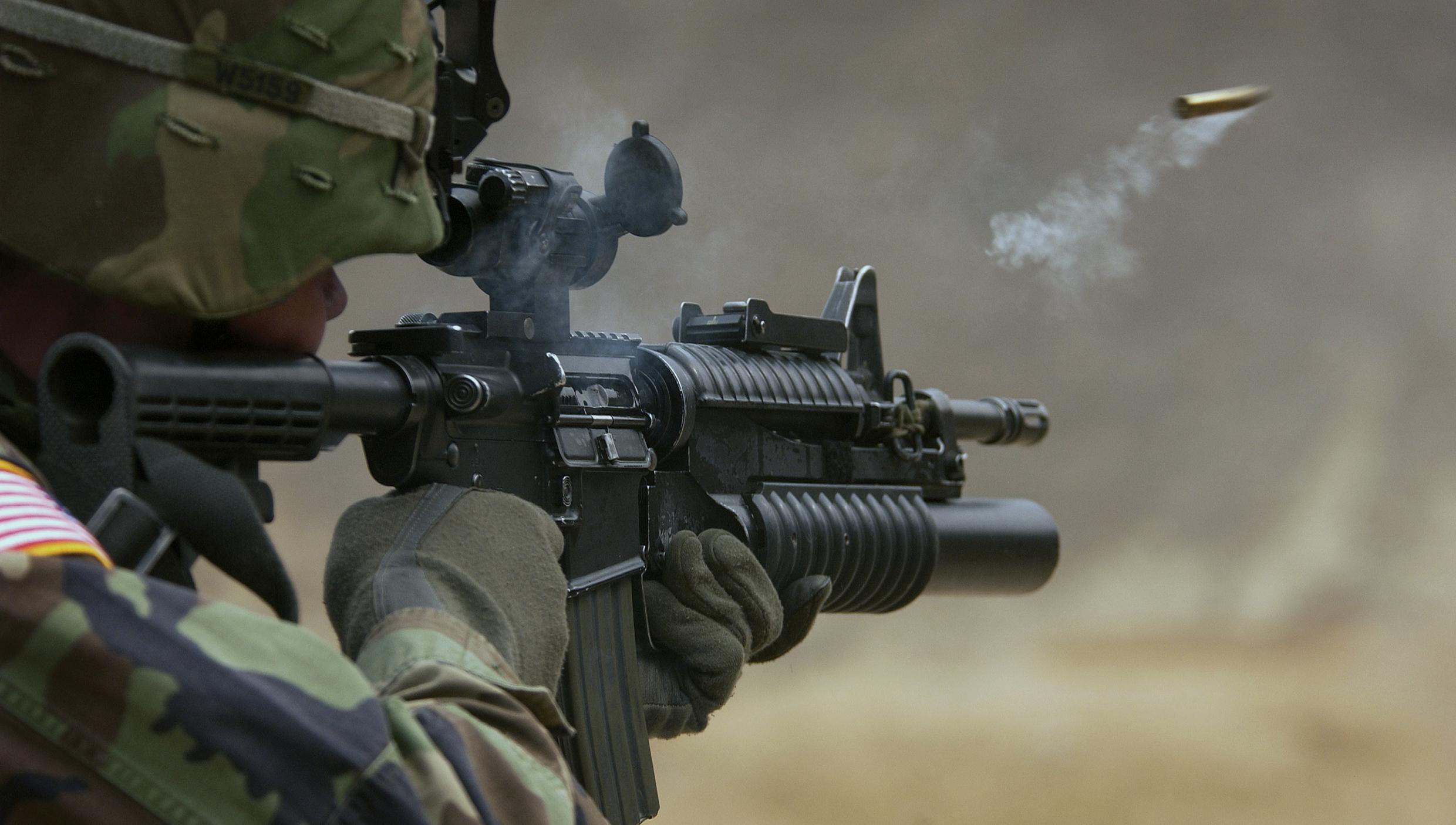
An M4A1 carbine mounting an M203A2 UBGL cracks off a 5.56mm round. An EGOS-N M68 close-combat optical sight is fitted to the Picatinny rail atop the receiver. (US Army)
The M79 GL first saw combat use with 3d Battalion, 9th Marines, 3d Marine Division after arriving in Vietnam in March 1965 the first US infantry unit to deploy there. The battalions Command Chronology does not specifically mention the M79, but an unnamed US Marine Corps grenadier fired the first 40mm grenade in combat early in the month when suspected enemy were detected outside the base perimeter. The US Armys first combat use of the M79 was in April 1965 by 3d Brigade, 82d Airborne Division during the Dominican Republic Intervention where it proved its value in urban combat. The deploying 173d Airborne Brigade saw the US Armys first opportunity to engage with the M79 in Vietnam in June 1965. From these humble beginnings the value of the M79 and related developmental weapons was soon realized.
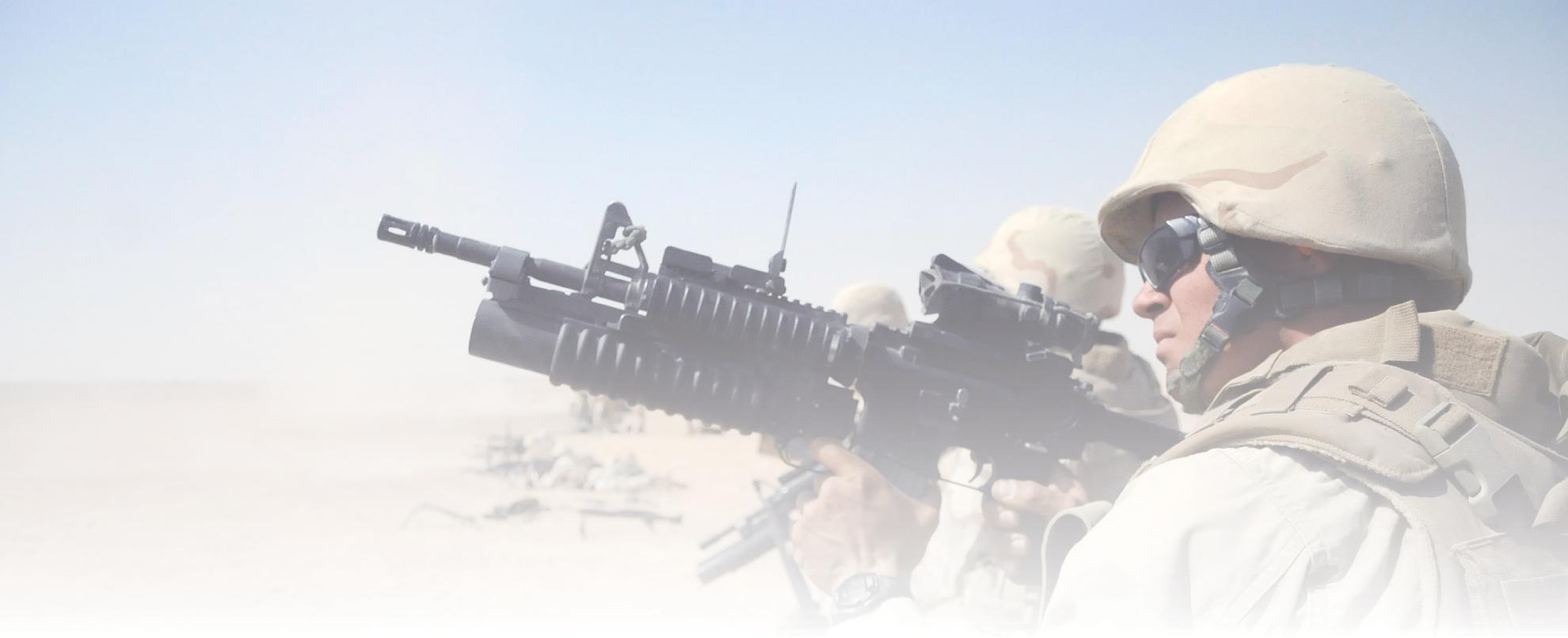
DEVELOPMENT
The squads artillery
FORERUNNERS
The oldest and for a long time, the only means for infantry to deliver high explosives was the hand grenade. From the 1500s until the turn of the 20th century, the hand grenade was a 26lb cast-iron sphere filled with a few ounces of gunpowder with a wick. These early weapons range was limited, fragmentation was irregular, they only broke up in a few large pieces, and they were hazardous to grenadiers. In the 17th and early 18th centuries, limited use was made of flintlock hand mortars or cohorns, named after the Dutch general and military engineer, Menno van Coehoorn (16411704). They typically had 46in-long barrels of 22.5in caliber with a buttstock. A hand grenade was inserted with fuse wick up and when fired the fuse ignited and detonated with an air or ground burst. They were little used, being outrageously dangerous due to premature detonations.
By the late 1700s most European armies had established grenadier units handpicked for their height, throwing ability, and bravery. With their distinctive tall hats and elaborately monogrammed grenade bags, they were elite troops and often escorted royalty, nobility, and dignitaries. By the late 1800s there were still grenadier units, but the title was more of an honorarium, grenades having fallen from use.
World War I was the golden age of grenades with scores of new models fielded. Initially they were mainly used by engineers/pioneers, the new assault troops, or by assault subunits within rifle platoons and companies. While grenadiers/bomb-throwers operated as a part of these assault teams, grenades were also supplied to rank-and-file riflemen. Over the years a wide variety of hand grenades evolved to include HE/fragmentation, blast concussion, antitank (high-explosive antitank shaped charge or blast-type), incendiary, bursting-type casualty-producing smoke (white phosphorus), burning-type screening smoke, burning-type colored signaling smoke, incendiary, tear gas/riot control, and stun/flash-bang.
Realistically, in combat taking into account stress, exhaustion, poor rations, and restrictive uniforms and equipment the maximum range of hand-thrown grenades was 3040m. To provide the platoon with the capability to project grenades farther, the rifle grenade was introduced in 1905. A key benefit was that it did not require a new weapon for firing: a standard service rifle was used. All that was necessary was a device to hold the grenade on the rifles muzzle. This could be a cup-like device holding the grenade which was usually spin-stabilized, the spin being imparted by rifling twisting grooves inside the discharger cup. Another device was the spigot launcher, a tube fitted to the rifles muzzle. The grenade itself had a finned tubular tailboom for stability.

